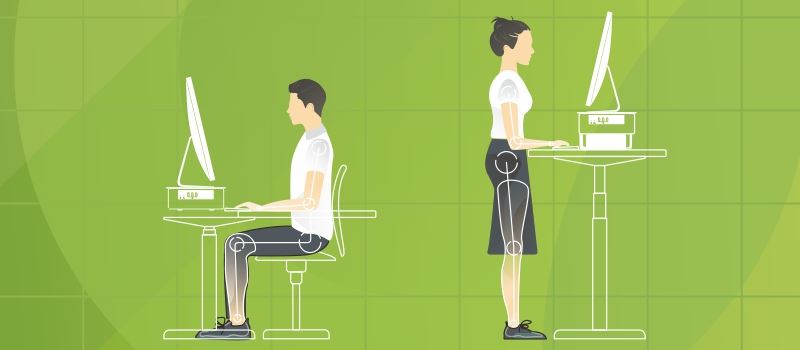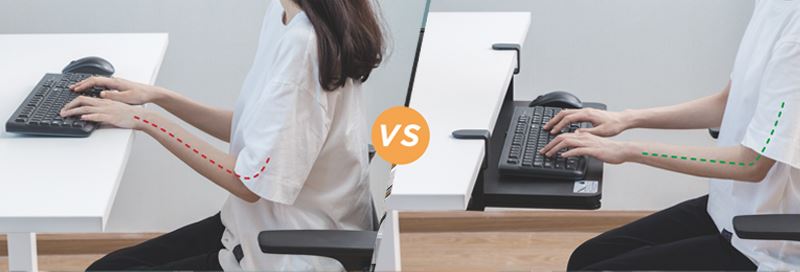Why ergonomics? | The History and Importance of Ergonomics
October is the annual National Ergonomics Month (NEM), which promotes the science and application of human factors and ergonomics (HF/E) through grassroots activities. [1]

So what is ergonomics?
As ergonomics is widely known, but narrowly understood, let’s first start with the term. The term “ergonomics” named after the Greek words “Ergo” and “Nomoi”, means the natural laws of work. It is an applied science of designing the working environment. The goal of ergonomics is to create and modify the workplace to better fit the individual. And in that way, you can remove the potential risk factors that will cause musculoskeletal injuries and harms. Also, implement of ergonomics helps improve working efficiency, productivity, safety, and comfort.
In the early days of industrialization, workers’ wellbeing was less critical than getting works done. Around the 1940s, people began to realize that work could be done more efficiently if the facilities were easier and safer to use – the science of ergonomics was born. [2]
To raise the awareness of human factors and ergonomics (HF/E), and provide beneficial information and services, the HFES designated October of every year as the National Ergonomics Month in 2003. [3]
And why is ergonomics important?
Poor ergonomics can lead to the most common and frequent kinds of work-related injuries, like musculoskeletal disorders, which are commonly referred to as strains and sprains on your body. Thus, a well-designed ergonomic workstation is essential, which reduces ergonomic risk factors and prevent injuries, so that to reduce costs. What’s more, by designing a workplace that allows for proper posture, less exertion, and better heights and reaches, workers become more efficient and productive.
The increasing use of computers and rapidly changing technology in the workplace has contributed to a dramatic increase in the need for ergonomics. Office desks, chairs, monitors, keyboards, and other frequently used devices all need to be designed ergonomically.
Adjustability and movement are crucial factors for ergonomics. With the office desk and chair we use for up to eight hours a day, we need to consider adjustability and movement as a solution to the problems from traditional stiff, fixed postures. A height-adjustable desk encourages users to effortlessly change from sitting to a standing posture, which is proven can efficiently combat the effects of sedentary behavior. Besides, if the height of the desk is fixed, we need to adjust the chair height to fit the height of the work surface. Additionally, an adjustable monitor arm helps align the monitor at the correct height, which supports a healthy and ergonomic posture and prevent eye and neck strain. If we are typing, we may also need a well-designed keyboard tray that supports neutral posture – an angle of around 90 degrees of the elbow, and offers protection from carpal tunnel syndrome. Moreover, we can use a footrest to get relief for feet if the seat is too high for our lower legs.
No matter how you work or what you do, LUMI is the one-stop-shop for complete ergonomic office product solutions. From the height-adjustable sit-stand desks, monitor arms, sit-stand desk converters, ergonomic chairs, footrests, and more! LUMI will outfit any home or office environment – no matter what you do!
Choose the ergonomic office solutions that match you the best from LUMI!
Referral
[1] https://www.hfes.org/events/national-ergonomics-month
[2] https://www.youtube.com/watch?v=LAKlmdMHpdE
[3] https://ergoweb.com/october-is-national-ergonomics-month/






